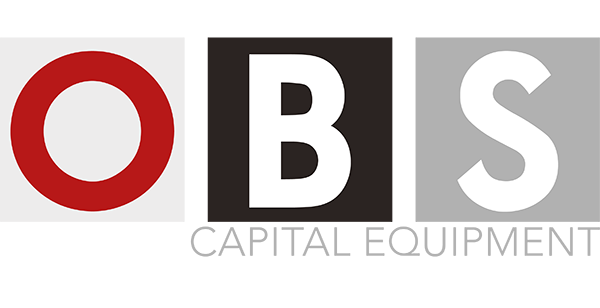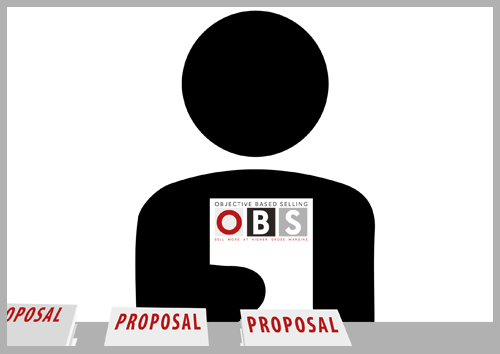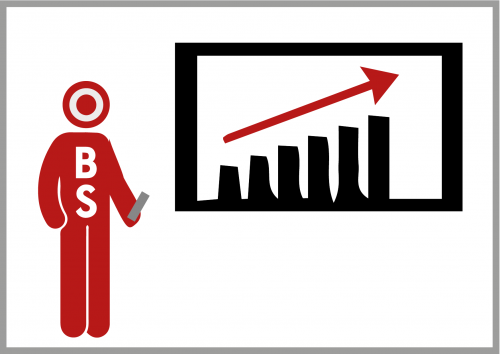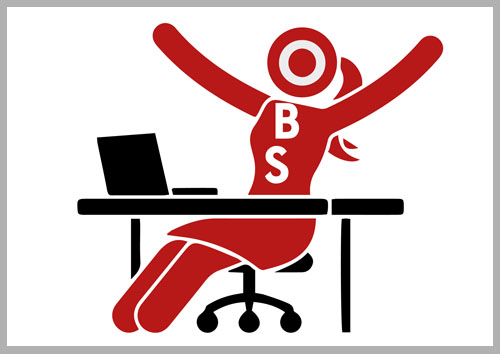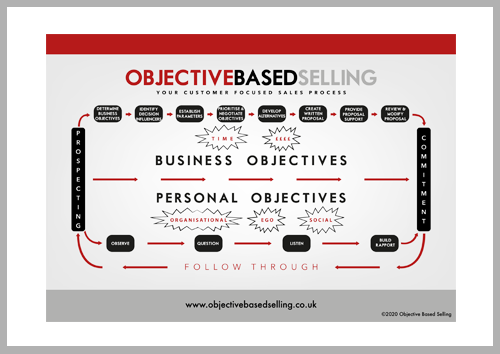Almost all significant sales of material handling equipment (MHE) and services are ultimately actualised on the basis of a written proposal. This document covers the fundamentals of an Objective Based Selling proposal, focusing on 4 key areas namely:
- Reasons for a written proposal
- Key elements of an OBS sales proposals
- Proposal additions and variations
- OBS Proposal Templates
1. REASONS FOR A WRITTEN PROPOSAL
Customers require written proposals for a number of reasons, including:
- Clarification of relatively complex details
- Sharing the information with appropriate decision influencers
- Comparing competing proposals
- Legal and commercial reasons
Selling organisations and salespeople have traditionally offered written proposals in order to:
- Meet customer requests and requirements
- Clarify relatively complex details of their offer
- Get it on paper and avoid misunderstandings
- Comply with legal and commercial reasons
The format of most traditional material handling sales proposals has been and remains, a detailed statement of equipment specifications; price; perhaps some options priced separately; delivery information (usually vague or inaccurate); a brochure; payment terms and conditions; a quick sales pitch, usually based on the concept that “mine has more features so you better buy from me.”
The emphasis in these documents is almost always equipment and price. That is why these have traditionally been called “quotes” (or worse, in some situations, called “bids”). They are quoting documents, not selling documents.
The Objective Based Selling model emphasizes additional purposes and functions of written proposals, from the salesperson’s perspective and also to help the customer. Recognizing these additional, critical functions of sales proposals leads to a sales proposal format which is different from traditional formats and more effective for the salesperson and for the customer organization. From the salesperson’s perspective, sales proposals in the Objective Based Selling model have the following functions:
- Sell when the salesperson can’t be there
- Convey information to hidden decision influencers
- Provide a sales tool for the salesperson’s primary customer contact
- Compete for funds
- Compare alternatives – both of which you provide!
- Provide reference and structure for the personal proposal review
- Explain the whole proposal, your entire way of doing business
- Present the proposal in a way that effectively competes and sells
- Motivate action
2. KEY ELEMENTS OF OBJECTIVE BASED SELLING PROPOSALS
Objective Based Selling maintain that proposals of significance include the following key elements:
The Proposal Frame
This should be both physical and metaphorical. Its purpose is to say to the customer, “Here comes a proposal of significance from a professional company, so pay attention.” Where the proposal is an actual physical document, the physical frame can be a proposal folder, binder, or similar identifying device. Where the proposal is a digital document, a cover sheet with sales company and customer logos can be created, with a project name, date, and other information.
The metaphorical frame is a one-page letter, with important features being: confirming or giving the project a name; thanking the customer; inclusion of key decision influencers’ names; table of contents of the remainder of the proposal; basic recommendation statement; summary that the proposal is based on a lot of work the salesperson and his company have done.
There should be bullet points and lots of white space and if it’s is a paper document, there should be an actual signature. If the table of contents is more extensive, it can be referred to in the letter of transmittal and then made into a separate page.
The letter of transmittal should never be more than one page and should have the salesperson’s name and signature at the bottom, personalizing the offer. If an engineer, manager or other person from the salesperson’s company was heavily involved, a second name and signature should also appear on the letter of transmittal.
Summarized statement of customer objectives
This is one of the most distinguishing characteristics of Objective Based Selling proposals. These customer objectives should be stated in summarized bullet form, following a statement such as: “As we understand them, XYZ’s objectives in the Warehouse Upgrade Project are:” Following a listing of the objectives, the simple statement should be made: “These are listed in our understanding of their order of priority.”
What better place to begin a sales proposal than with the objectives of the customer?
Listing of key customer parameters, or spec
Again, these should be in bullet form, following a statement like: “Key parameters of XYZ’s operations for the Warehouse Upgrade Project include:”
These are the circumstances understood to be important in achieving the customer objectives.
Equipment specification sheets; drawings; other details of the offering
These should be highlighted in some manner, including now any distinguishing characteristics of offerer’s equipment or services but again, highlighting how these distinguishing characteristics relate to customer objectives and parameters.
Benefits (to the customer) of acting on your proposal
Here’s where the salesperson gets specific on how his proposal best helps the customer meet their objectives within the specific parameters of their situation.
Bill of material, with quantity, specifications, investment, commercial terms
Okay, it’s time to get specific, including the price. The price should be listed as an investment, implying the customer gets something back for it, it’s not just an expense.
Delivery information
Unless including a reverse time-line (explained in our Blog named “Obtain Commitment”), it is recommended no information be included on delivery.
Alternatives offered
Without pricing, this section of the proposal should explain alternatives considered for recommendations, with clear explanation of how these differing alternatives vary in meeting customer objectives.
Proposal support
It’s time to give “proof statements” about how your company can be trusted to do this project and help the customer meet their objectives within the parameters of this situation. Include a list of similar jobs successfully completed, or if possible referrals. Other proposal support can include insurance certificates; seller’s organization charts; pictures of previous jobs; lists of suppliers; lists of awards earned by selling company; list of project team members including their experience and qualifications, the list is almost endless.
3. PROPOSAL ADDITIONS & VARIATIONS
Some proposals are so important, significant, large, or complex that additions above the key proposal elements are justified and needed. These can include:
- Statement of how customer’s job is being done now, or what is currently being used
- List of key members of sales follow-through team
- Reverse time-line for implementation
- Before and after drawings
- Proposal summary. This should be used for complex proposals with many different types of equipment proposed and priced separately, or complex proposals with several phases
- Cautions. Positioned after the Investment section, these can be included where customer has mentioned implementing solutions that may have operational, time frame, or even safety risks.
How long should Objective Based Selling proposals be? Long enough to get the order. This, of course, is a judgment call based on the specific situation, including how large the job or project is, or how important it is.
By pre-structuring word processed templates, salespeople can quickly choose and begin to structure the appropriate length proposal. The important thing is not the length of the proposal, but its effectiveness.
4. OBS PROPOSAL TEMPLATES
Customized by individual salespeople and their companies, salespeople should use 3 Objective Based Selling proposal templates, namely:
- A Long Form for larger, complex, more significant projects
- The Proposal Sandwich, for significant but simpler projects or purchases
- The Simple, one-page form for simple purchases
DOWNLOAD THE FULL ARTICLE AND MORE HERE.
